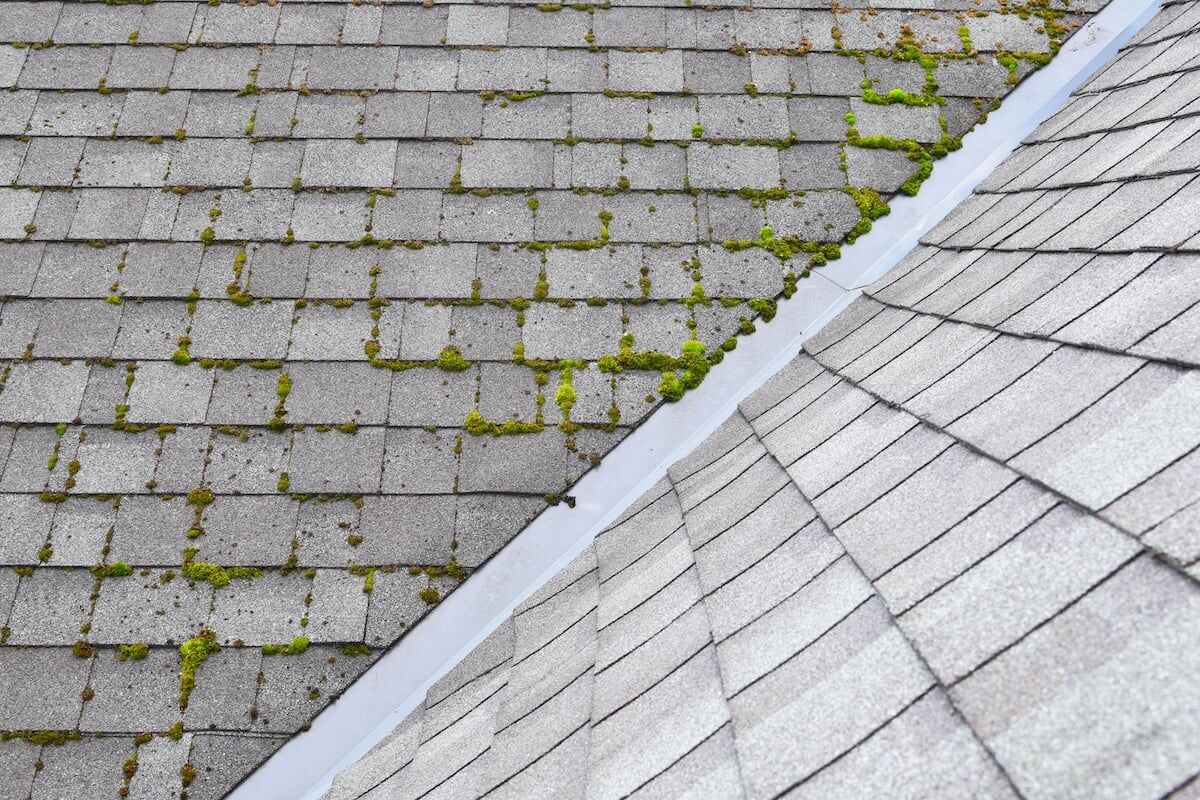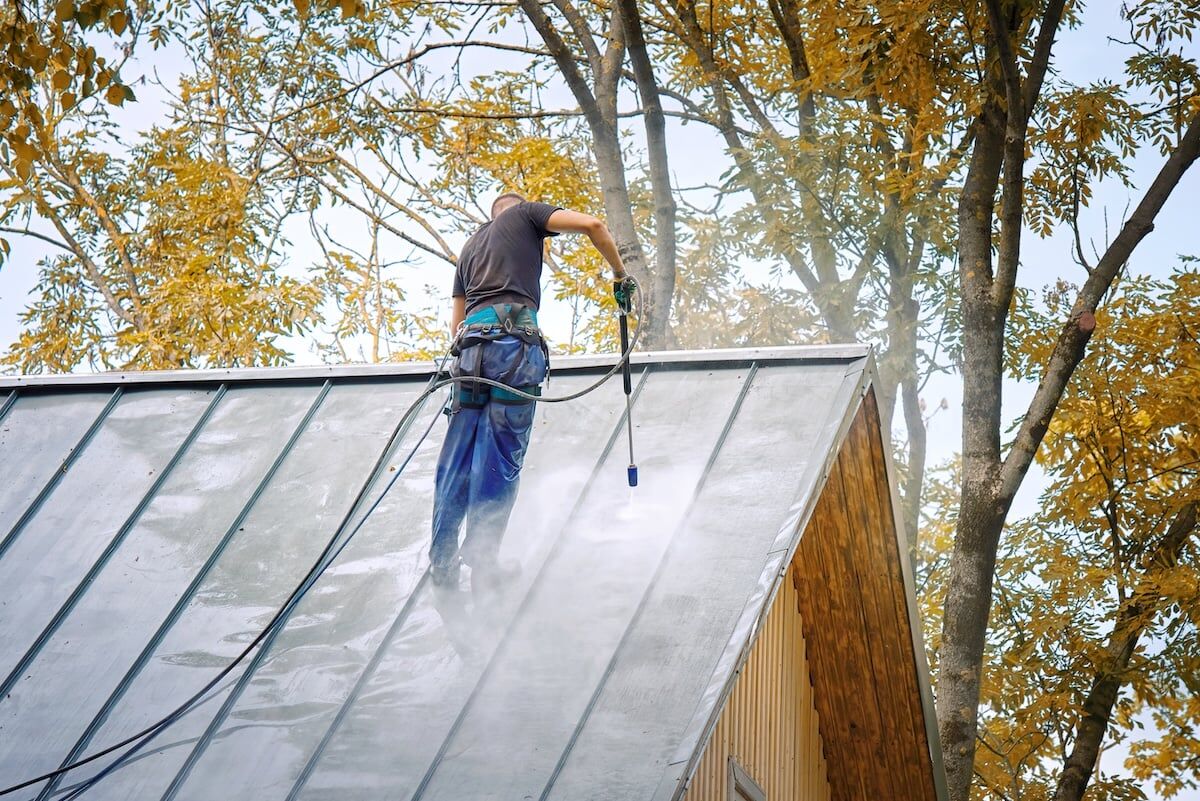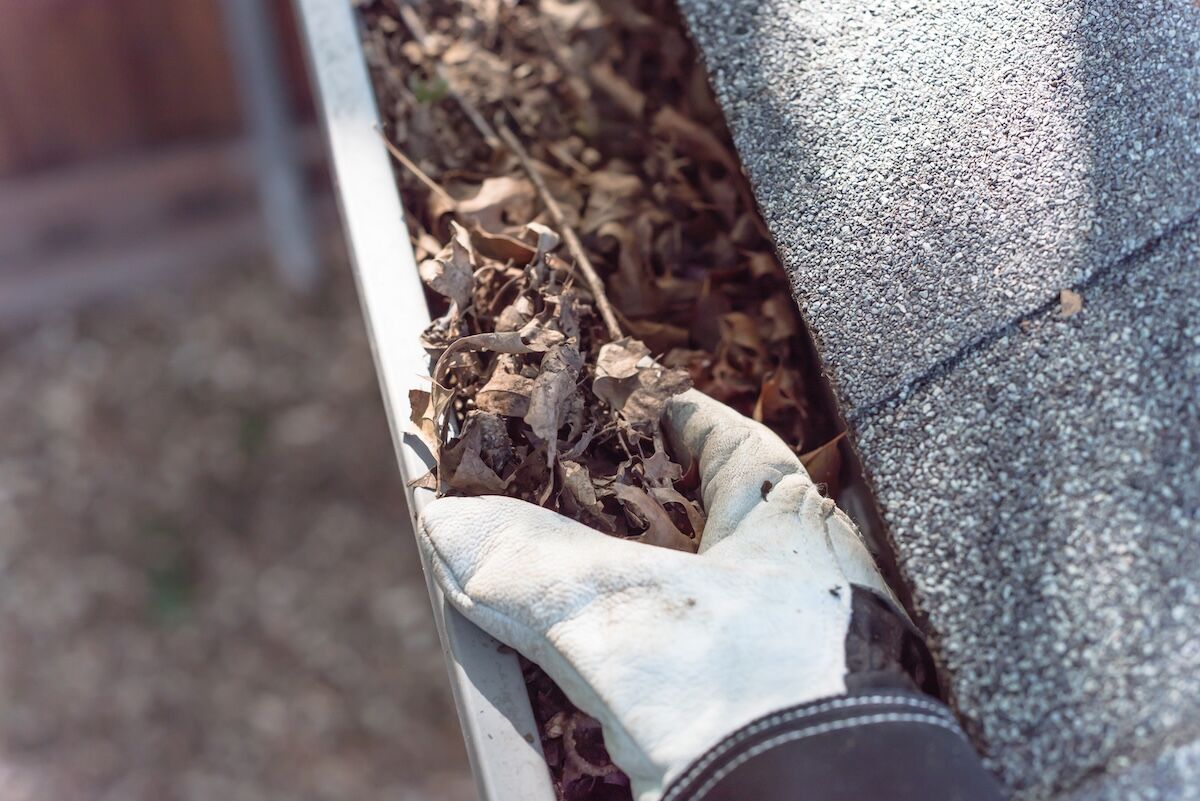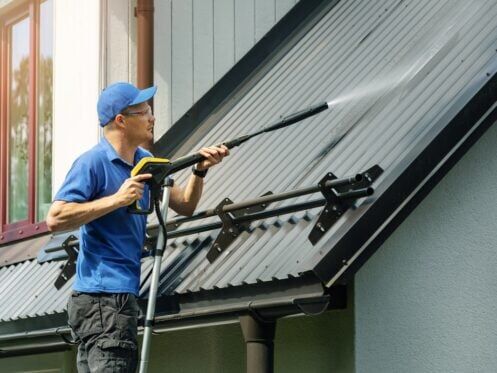If you have ever wondered “how often should you clean your roof,” the answer depends on the roofing material, your environment, and local weather conditions. Regular cleaning is more than a cosmetic upgrade—it is an essential step in preserving your roof’s lifespan, preventing moss and algae growth, and avoiding expensive repairs down the road.
In this guide, we will cover:
- Cleaning frequency by roof type: Asphalt, metal, tile, wood, and more
- Why cleaning matters: The hidden risks of roof neglect
- Pro tips for safe cleaning: Best practices and common mistakes to avoid
❗️ Why Roof Cleaning Is So Important
Your roof is constantly exposed to the elements, which means dirt, debris, and organic growth can build up over time. While many homeowners only think about cleaning when the roof starts to look bad, maintenance should be proactive.

Risks of Neglecting Roof Cleaning
- Moss and algae growth: These organisms trap moisture, which can break down shingles or tiles and lead to leaks.
- Blocked drainage: Leaves, twigs, and other debris can clog gutters, causing water to back up under roofing materials.
- Accelerated wear and tear: Buildup reduces reflectivity, traps heat, and shortens the lifespan of materials.
- Pest attraction: Organic debris can provide shelter for insects, rodents, and birds.
A clean roof is not just about appearance; it performs better and lasts longer when properly maintained.
🗓️ How Often Should You Clean Your Roof? (By Material)
Different roofing materials require different levels of care. Here’s a breakdown of how often you should clean each type and why it matters.
Asphalt Shingles
- Recommended cleaning: Every 1–2 years
- Why: Asphalt shingles are prone to algae streaks, moss, and granule loss. Regular cleaning helps preserve their integrity and color.
- Cleaning tips: Use a low-pressure wash or soft-washing technique with a non-bleach cleaner to avoid dislodging granules.
Metal Roofing
- Recommended cleaning: Once every 2–3 years
- Why: Metal is more resistant to organic buildup, but it can still collect pollen, dirt, and debris, especially in valleys or seams.
- Cleaning tips: A gentle water rinse and mild detergent are usually enough. Avoid using abrasive tools that could scratch the surface coating.
Clay or Concrete Tile Roofs
- Recommended cleaning: Every 2–3 years
- Why: These porous materials attract moss and algae, especially in humid areas. Dirty tiles also increase the risk of water infiltration if cracks are present.
- Cleaning tips: Use a pressure washer on a low setting or hire a pro. Walk carefully—tiles can crack underfoot.
Wood Shake or Shingle Roofs
- Recommended cleaning: Annually or as needed
- Why: Wood is highly vulnerable to moss, mildew, and rot. Cleaning helps preserve the natural look and protect the material from decay.
- Cleaning tips: Use a gentle wash and consider applying a wood preservative afterward to prevent future growth.
Synthetic or Composite Shingles
- Recommended cleaning: Every 2–3 years
- Why: These materials are durable and algae-resistant but can still collect grime over time.
- Cleaning tips: Stick to soft washing and avoid harsh chemicals that could break down the polymer materials.

☀️ Best Times of Year To Clean Your Roof
Timing your cleaning around seasonal changes helps maximize effectiveness and minimize damage.
Spring Cleaning
- Why spring works: Removes leaves and debris from winter storms.
- Bonus: Prepares your roof for heavy summer rain and heat.
Late Summer or Early Fall
- Why fall helps: Removes pollen, moss, and any late-season growth.
- Bonus: Keeps gutters and valleys clear ahead of winter snow and ice.
Avoid cleaning in freezing temperatures or during periods of heavy rainfall to prevent slips or damage.
⚠️ Signs Your Roof Needs Cleaning
You don’t always have to wait for your next scheduled cleaning. Watch for these indicators that your roof needs attention sooner:
- Dark streaks or patches: Common with algae or lichen growth on asphalt shingles.
- Visible moss or plant growth: A clear sign that moisture is being trapped.
- Blocked gutters or downspouts: Often due to roof debris and buildup.
- Staining under eaves: Can signal hidden roof or gutter issues.
- Loss of reflectivity: Particularly with metal or lighter-colored roofs, grime reduces energy efficiency.
If you notice any of these signs, it’s a good idea to schedule a cleaning or inspection.
⭐️ 5 Safe Roof Cleaning Tips Every Homeowner Should Know
- Avoid pressure washing asphalt shingles: It can remove protective granules and reduce lifespan. Use a soft-wash system instead.
- Use a non-toxic, roof-safe cleaner: Many hardware stores sell cleaners formulated to remove algae and moss without harming your landscaping.
- Stay off the roof if possible: Roofing surfaces are dangerous, especially when wet. Hire a professional unless you have proper safety equipment.
- Clear gutters before and after cleaning: This helps prevent backup and ensures rainwater flows freely off your roof.
- Trim overhanging branches: Limiting shade and falling debris reduces how often your roof needs cleaning.
🧼 Should You Clean Your Roof Yourself or Hire a Pro?
While some homeowners are comfortable cleaning their own roof, many materials and roof styles are better handled by a professional.
When to DIY
- Low slope or walkable roof
- Minimal buildup or light dirt
- Experience with proper tools and safety gear
When to Hire a Pro
- Steep, high, or multi-story roofs
- Heavy moss or mold growth
- Delicate materials like tile or wood
- Desire for long-term treatments and sealing
Hiring a professional ensures the job is done safely and thoroughly, and it may also include an inspection to catch early signs of damage.

❗️ Why Indy Roof & Restoration Recommends Regular Cleaning
At Indy Roof & Restoration, we regularly see how consistent cleaning prevents costly repairs, improves roof performance, and extends lifespan. Indiana’s climate, with its humidity, storms, and seasonal debris, makes a consistent cleaning schedule even more important. We help homeowners set the right cleaning intervals for their specific material and environment, and we recommend safe, effective cleaning methods.
💪 Keep Your Roof Clean and Strong With Indy Roof & Restoration
How often should you clean your roof? The answer depends on your roof’s material, environment, and seasonal exposure. No matter the type, regular cleaning is one of the simplest ways to protect your home and investment.
Contact Indy Roof & Restoration today for a roof inspection and personalized maintenance plan. We’ll help you keep your roof clean, durable, and ready for whatever Indiana weather brings.

